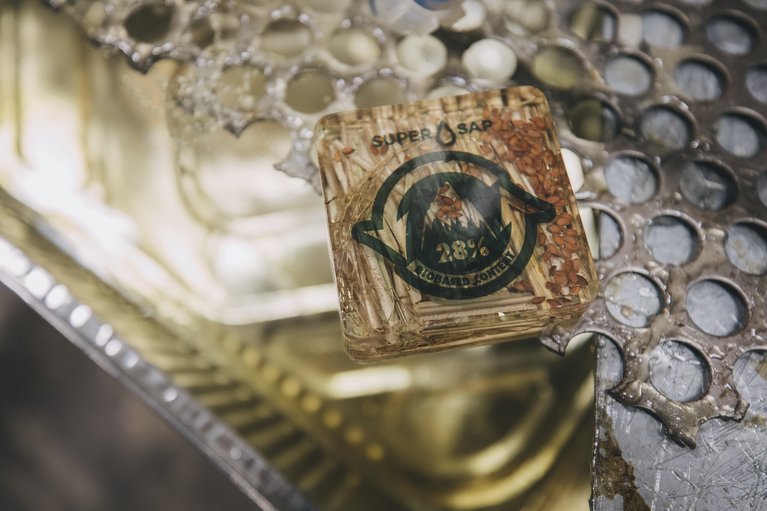Life Cycle Assessment: What It Is and How It's Changing Product Innovation at Burton
There’s a difference between doing something because it sounds good and doing that thing 100%.
With sustainability, the latter brings complexity.
For example, buying a reusable grocery bag instead of using plastic generally drives a clean conscience. Then you hear from a sustainability expert that the plastic grocery bag actually could be more earth-friendly in some cases. The total environmental impact depends on a full assessment of every last detail of the bag’s lifecycle: the materials involved, how it was shipped here, how many times it will be used, what will happen at the end of its life, and so on. Without considering everything, we can’t confidently call one more sustainable than the other.
We're not telling you to choose plastic bags, just to be aware that every input has an impact.
To get to the bottom of an object’s true footprint, there’s a process called Life Cycle Assessment (LCA): commonly agreed upon in the sustainability world as the best method for identifying the environmental impact of a product at each stage of its life. When you consider that a single snowboard has roughly 17 different materials, applying LCA to Burton's hardgoods supply chain is no simple task.


“We have a goal to reduce carbon emissions by 20% in our hardgoods production by the year 2020," Burton’s VP of Global Strategy and Insights, Ali Kenney, explains. "LCA allows us to input all the material information for an individual board, binding, or boot, and see how and where to prioritize our actions in order to achieve that goal. Nobody else that we know of in the industry is doing this. Without this analysis, you're susceptible to making a negative decision despite good intentions.”
When you pay an outside firm to do an LCA, it’s costly, but we bought the software, trained our engineers, and have been fully building this process into our product development over the past few years. Now, it influences the way we design our product from the start.

If LCA is absent in the design process, there’s a possibility of causing harm and "greenwashing": Marketing to sound like you're doing good instead of actually doing good. As a society, we're in the habit of calling a product "green" once it contains a single environmentally-friendly material. But what about the other five, 10, or 15 materials that product contains? Where did everything come from? Was every material responsibly sourced? In the case of a snowboard, how was it processed and glued? How durable is it and what will happen at the end of it's life?
Because the government doesn't require this level of transparency, buying a product that a brand says is sustainable might be making you feel good more than actually reducing your footprint, unless there's been a full life cycle assessment.
We won’t wait for policy change to dictate the pace at which we progress. In the short-term, these improvements will cost dollars, but it’s cool to think about how the application of LCA will hopefully normalize over time as we apply it to Burton’s entire operation.
We're finding that the more we green up our own house, the more we have to learn. The one thing we’re absolutely sure of is that sustainability is the most important innovation we could possibly pursue.